Linked Server Vs Ssis
Data integration is a crucial aspect of any organization’s data management strategy. When it comes to integrating data from multiple sources, two popular options come to mind: Linked Server and SQL Server Integration Services (SSIS). Both tools offer unique features and capabilities that cater to different data integration scenarios. In this article, we will provide an overview of Linked Server and SSIS, compare their features and performance, and discuss various use cases for each tool.
Overview of Linked Server:
Linked Server is a feature in Microsoft SQL Server that enables database administrators (DBAs) to establish a connection between two SQL Server instances. It allows users to access and retrieve data from remote data sources and execute distributed queries seamlessly. Linked Server eliminates the need for complex data replication or ETL processes by providing real-time access to data across multiple servers.
Features and Capabilities of Linked Server:
1. Data Access: Linked Server allows users to access data from various data sources, including other SQL Server instances, Oracle databases, ODBC sources, and more. It provides a unified interface to query and retrieve data from different platforms.
2. Heterogeneous Joins: Linked Server enables users to perform joins between tables residing on different servers. This capability allows DBAs to combine data from multiple sources and generate meaningful insights for reporting or analysis purposes.
3. Distributed Transactions: Linked Server provides support for distributed transactions, ensuring data consistency and integrity when performing updates or modifications across multiple servers.
4. Remote Stored Procedure Execution: With Linked Server, users can execute stored procedures on a remote server. This feature helps in invoking complex business logic or performing data transformations at the source server.
5. Schema Mapping: Linked Server allows users to define schema mappings between different servers, facilitating seamless data integration and ensuring compatibility between different databases.
Overview of SSIS:
SQL Server Integration Services (SSIS) is a powerful Extract, Transform, Load (ETL) tool provided by Microsoft. It offers a graphical interface to build data integration workflows and automate the process of extracting data from various sources, transforming it, and loading it into a destination database or data warehouse.
Features and Capabilities of SSIS:
1. Visual Workflow Design: SSIS provides a drag-and-drop interface to design data integration workflows. It offers a wide range of pre-built data transformation tasks such as data cleaning, aggregation, and merging, making it easier for developers to create complex data integration processes.
2. Flexible Data Transformations: SSIS offers a vast selection of built-in data transformation components, such as conditional splits, derived columns, and lookup transformations. These components enable users to transform data according to business rules and requirements before loading it into the destination database.
3. Error Handling: SSIS includes robust error handling capabilities, allowing developers to define how data integration processes should handle errors, such as logging errors, redirecting error rows, or skipping error-prone data.
4. Scalability: SSIS is designed to handle large volumes of data efficiently. It supports parallel execution of tasks, allowing developers to process data in parallel and improve overall performance.
5. Integration with Other Microsoft Products: SSIS seamlessly integrates with other Microsoft products such as SQL Server, Excel, SharePoint, and PowerShell. This integration enables users to leverage the full capabilities of these tools while performing data integration tasks.
Performance and Scalability Comparison between Linked Server and SSIS:
Both Linked Server and SSIS offer distinct advantages when it comes to performance and scalability. However, the choice of tool depends on the specific requirements and nature of the data integration scenario.
Linked Server is known for its real-time access to data, as it directly queries remote servers without the need for data replication. This makes it suitable for scenarios where data needs to be accessed instantly and in a synchronized manner. However, the performance of Linked Server may be impacted if there are latency issues or high network traffic between servers. Moreover, complex joins involving large datasets might cause performance degradation.
On the other hand, SSIS is optimized for bulk data processing and can handle large volumes of data efficiently. Its parallel execution capability enhances performance by utilizing the available system resources effectively. SSIS’s flexible data transformations and error handling features contribute to better data quality and reliability. However, setting up and managing SSIS packages can be time-consuming, especially in complex data integration scenarios.
Use Cases and Scenarios for Linked Server:
1. Real-time Data Access: Linked Server is an ideal choice when real-time access to data is crucial. For example, in scenarios where data from multiple SQL Server instances needs to be combined or accessed instantly without additional latency.
2. Federated Queries: Organizations utilizing different database platforms may require federated queries to integrate data from disparate sources. Linked Server allows for seamless querying across multiple platforms, simplifying data integration efforts.
3. Reporting and Analysis: Linked Server enables fetching data from various database sources for reporting and analysis purposes. It provides a unified interface to collate data from different servers, simplifying data aggregation for business intelligence activities.
Use Cases and Scenarios for SSIS:
1. Complex ETL Processes: SSIS is a preferred choice for data-intensive ETL processes involving various data transformations, cleaning, and aggregation. Its visual workflow design interface and comprehensive range of data transformation components make it easier to build complex integration workflows.
2. Data Warehousing: When populating a data warehouse, SSIS can efficiently handle the extraction, transformation, and loading of data from multiple sources into the warehouse database. Its scalability and error handling capabilities ensure reliable data integration into the data warehouse.
3. Repetitive Data Integration Tasks: SSIS packages can be scheduled and automated, making it suitable for scenarios where repetitive data integration tasks need to be performed on a regular basis. It reduces manual effort and improves efficiency in executing data integration workflows.
FAQs:
1. Can Linked Server and SSIS be used together?
Yes, Linked Server and SSIS can be used together for different stages of data integration. Linked Server can be utilized to establish real-time data access or perform federated queries, while SSIS can handle complex ETL processes or data warehouse population.
2. Which tool is better for near-real-time data integration?
Linked Server is better suited for near-real-time data integration scenarios, as it provides direct access to remote data sources without the need for data replication or time-consuming ETL processes. However, performance considerations, such as network latency, should be taken into account.
3. What are the advantages of using SSIS over Linked Server?
SSIS offers a comprehensive set of features and capabilities for building complex data integration workflows. It provides a visual interface, flexible data transformations, error handling, and scalability, making it suitable for demanding ETL processes or data warehousing scenarios.
4. Can Linked Server and SSIS handle non-SQL Server data sources?
Yes, both Linked Server and SSIS can handle non-SQL Server data sources. Linked Server allows users to access data from various database platforms, while SSIS supports a wide range of data connectors, including ODBC, Oracle, Excel, etc.
Conclusion:
Linked Server and SSIS are powerful tools for data integration, each serving different purposes and scenarios. Linked Server excels in real-time data access and federated queries, while SSIS provides comprehensive ETL capabilities, error handling, and scalability. By understanding the strengths and limitations of each tool, organizations can make informed decisions and choose the right tool for their specific data integration requirements.
Ssis Tutorial For Beginners | Sql Server Integration Services (Ssis) | Msbi Training Video | Edureka
Keywords searched by users: linked server vs ssis
Categories: Top 53 Linked Server Vs Ssis
See more here: nhanvietluanvan.com
Images related to the topic linked server vs ssis

Found 49 images related to linked server vs ssis theme
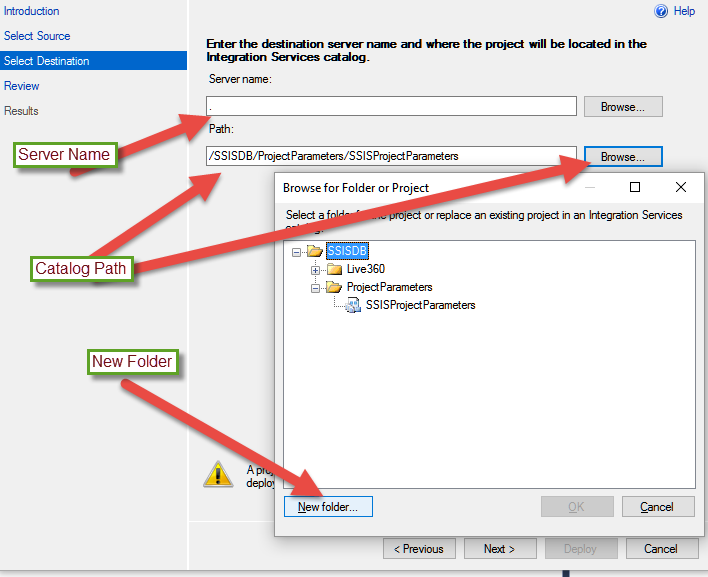
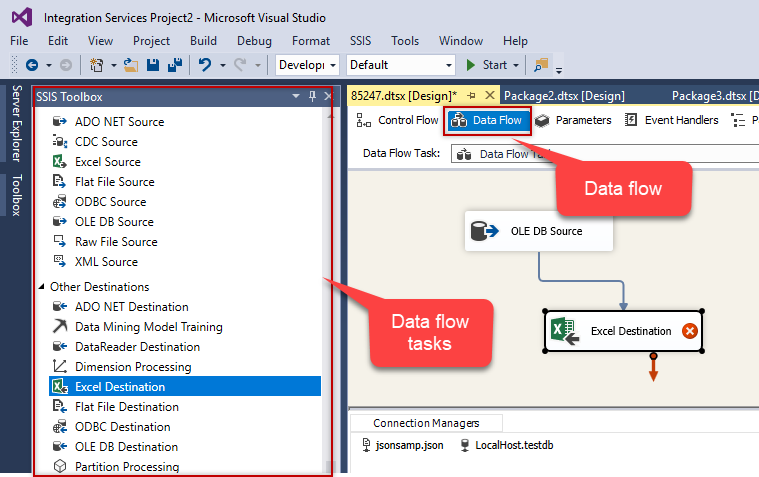
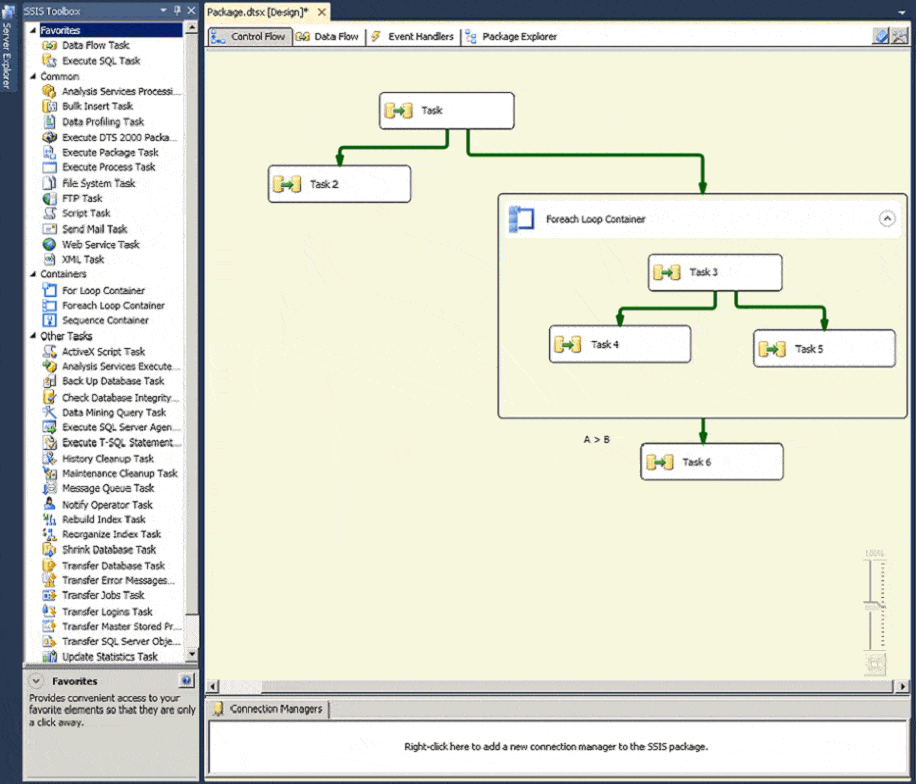

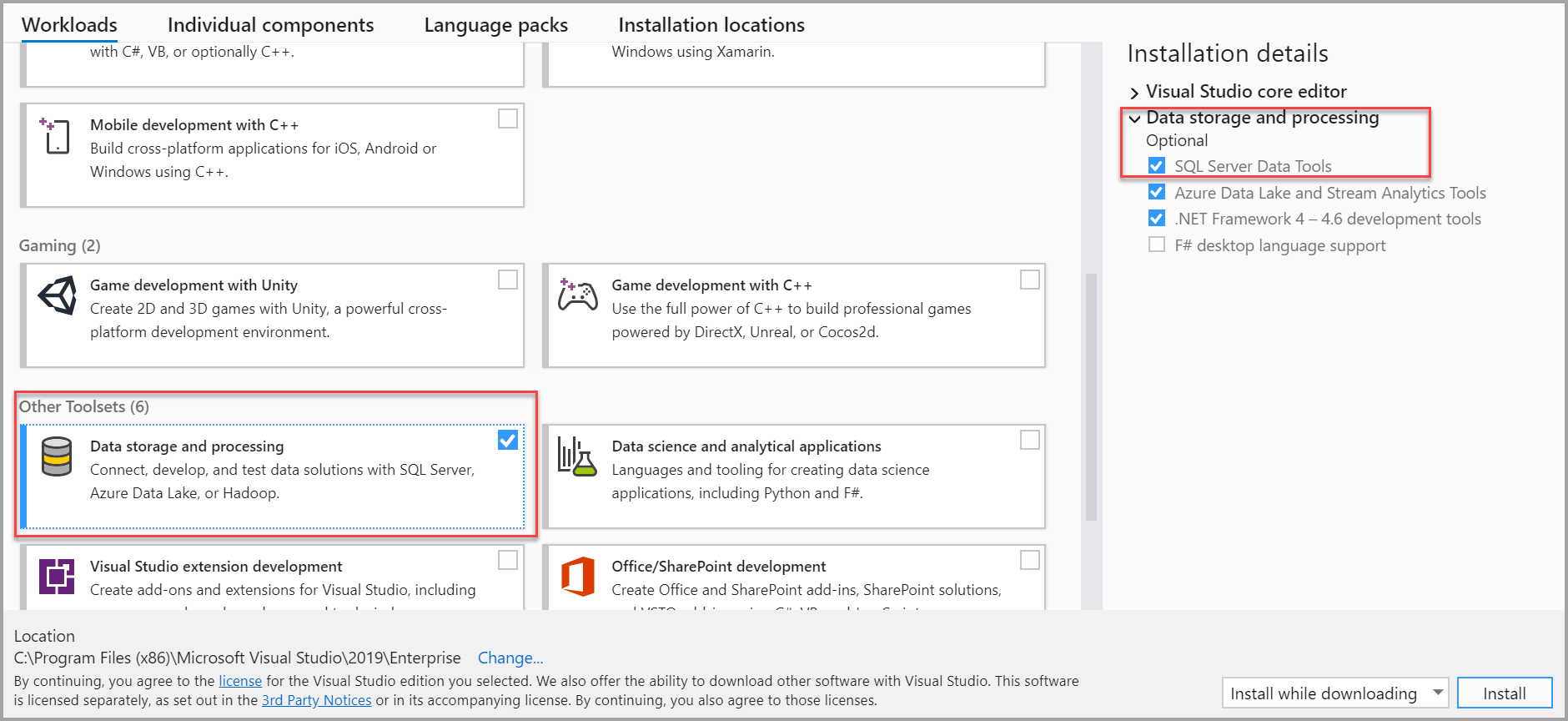
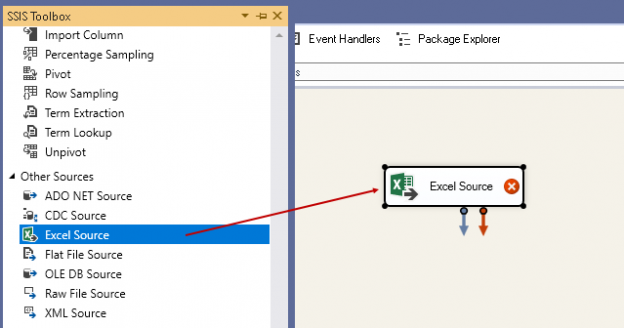



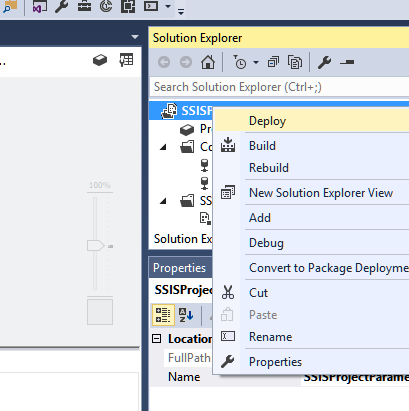





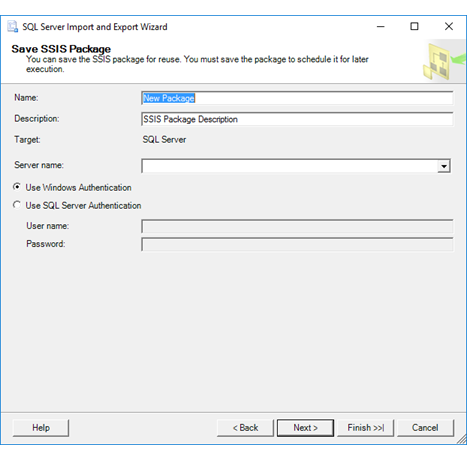
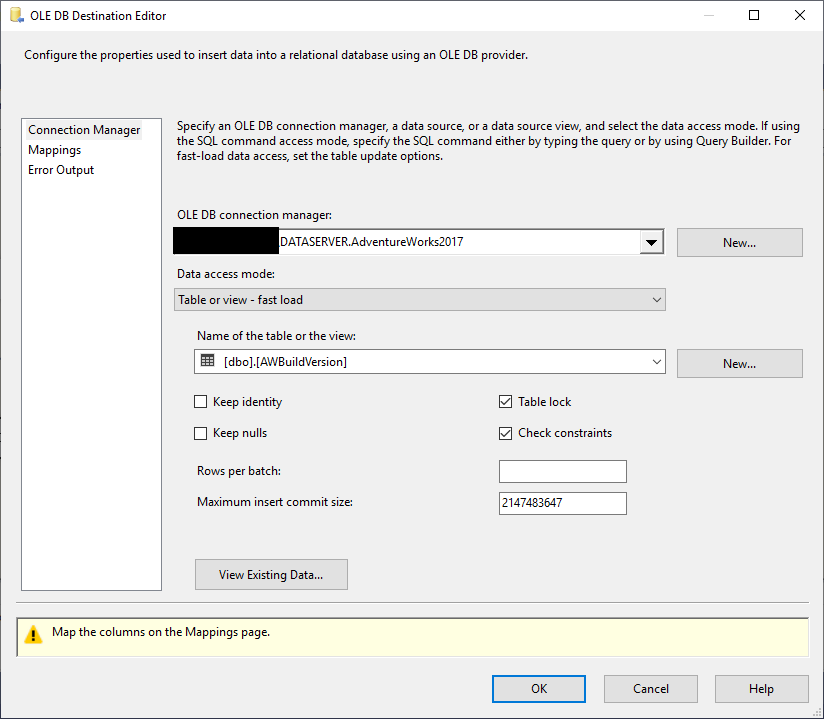


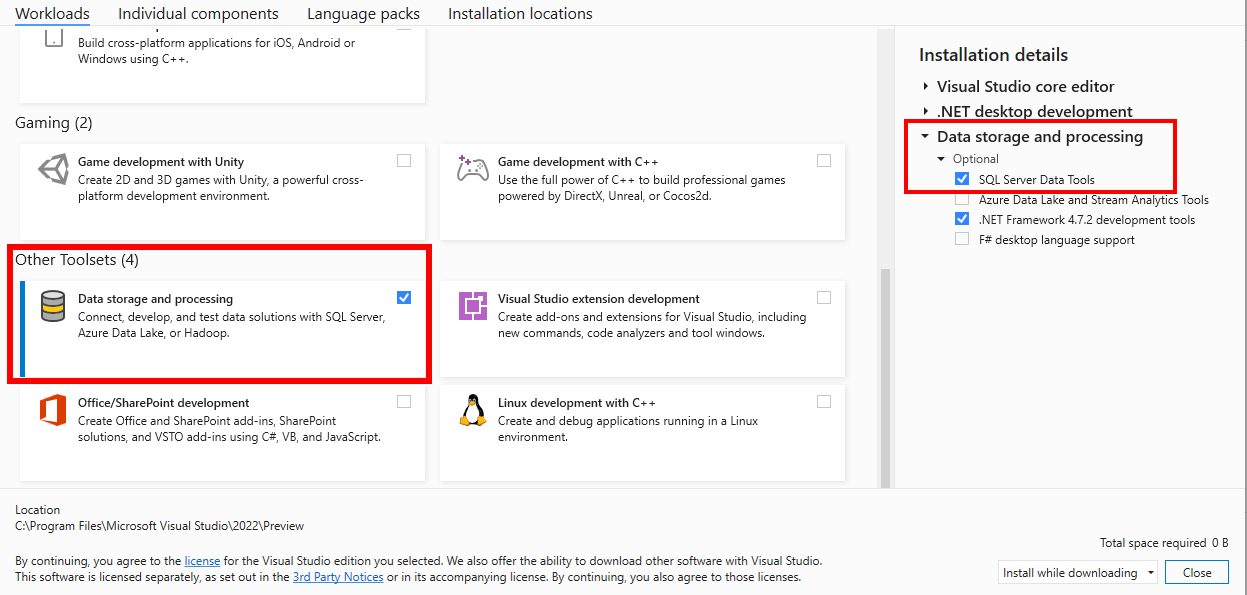
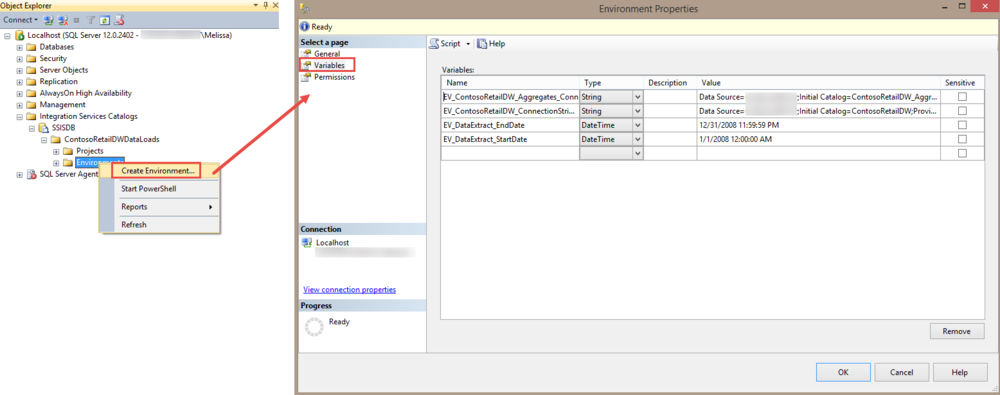















Article link: linked server vs ssis.
Learn more about the topic linked server vs ssis.
- Linked Servers vs SSIS – sql – Stack Overflow
- Linked Servers vs. Integration Services – Pros and Cons
- Alternative to linked server using SSIS? – Microsoft Q&A
- SSIS Data Transfer vs. Linked Server – DBA Stack Exchange
- SSIS vs LinkServer – SQLTeam.com Forums
- linked server vs ssis – speed difference – why?
- Data Import Performance Comparison T-SQL vs SSIS for large …
- SQL Server Integration Services (SSIS) Reviews – Gartner
- SQL Server Integration Services – Wikipedia
- SSRS vs SSIS: Sự khác biệt và so sánh – AskAnyDifference
See more: nhanvietluanvan.com/luat-hoc